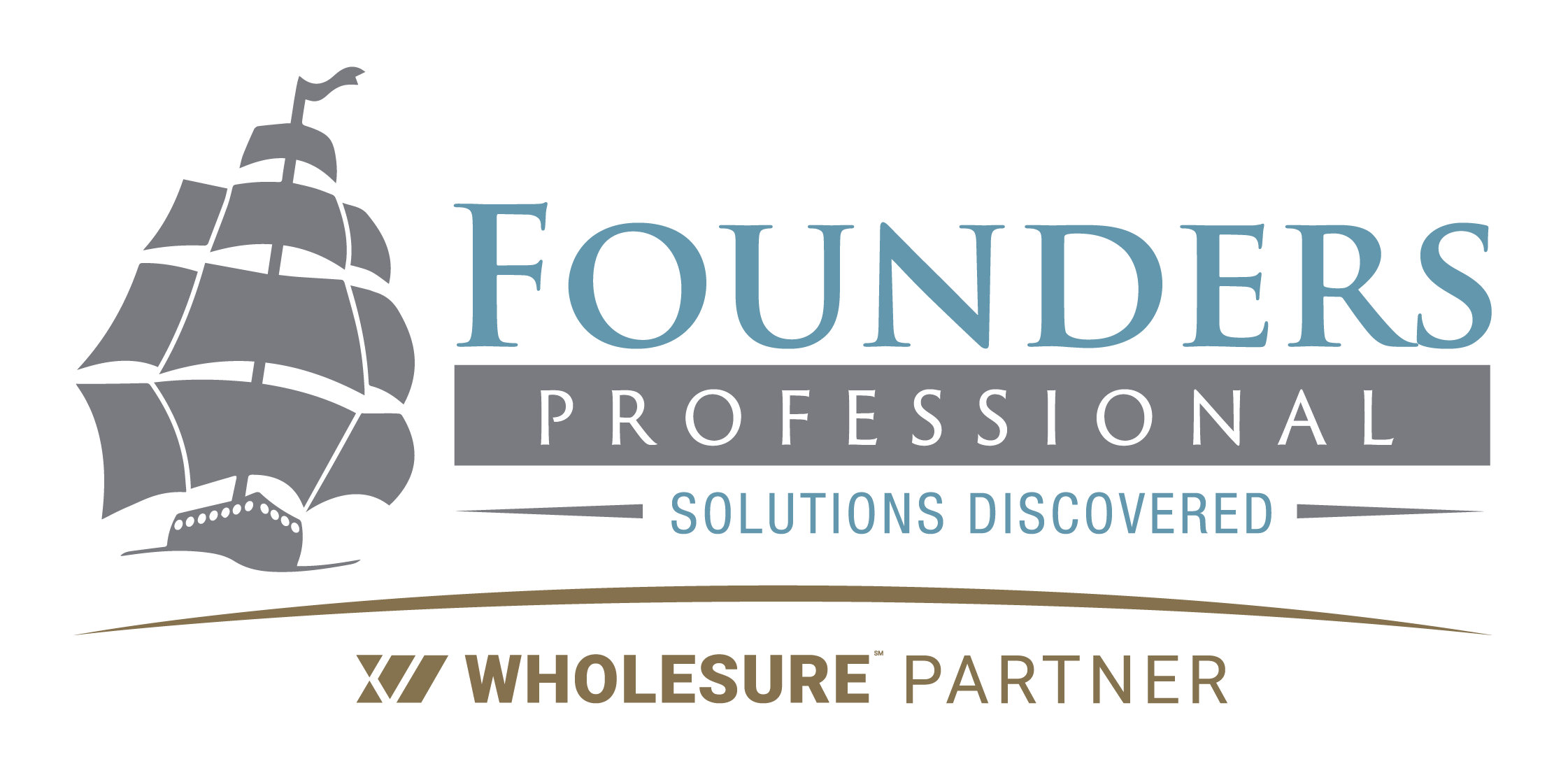Insuring the Directors & Officers (D&O) of a SPAC for their IPO
A Special Purpose Acquisition Company or SPAC is an entity that has no operations. It’s a vehicle to raise capital through an IPO, that will eventually be used to acquire an existing private company, and that private company will become a publicly traded company. The acquisition of the private company is in the form of a reverse merger.
When a SPAC is formed the creators usually have acquisition targets already in sight. The “curveball” is the acquisition targets are not disclosed to potential investors. This means the investors in a SPAC are somewhat blind to where their money is going to be invested. This is why SPACs are considered “blank-check companies”.
After the IPO, the capital raise will go into a secure trust account. Now the clock is ticking as the SPAC has two years to find a company to take public. Once they execute the reverse merger and take the private company public, investors get shares and warrants in the new combined company.
If the SPAC does not complete a reverse merger in the two-year timeframe, the investors get their original investment back plus interest.
In 2019 there was a record of 59 SPAC IPOs that raised $13.6 billion. When the pandemic hit the US in early 2020, it looked like the SPAC IPO momentum in 2020 would be derailed. The exact opposite happened. According to Markets Insider, there was a new record in 2020: 219 SPAC IPOs that raised approximately $73 billion.
The reason for the huge jump, in spite of COVID-19, was due to the SPAC route being more appealing for going public as road shows do not have the same impact when they are virtual. The SPAC route is also considered less complicated and less pricey.
SPACs have boards of directors and officers that are responsible for steering the direction of the business. These board members need to be insured for possible errors in judgment. Getting this type of insurance is not easy.
D&O (Directors & Officers) insurance underwriters consider SPAC IPOs more risky than traditional IPOs for a few reasons. Underwriters say that in some SPACs, the individuals running the SPAC are more interested in their 20% fee and not committed to the post IPO company. One could argue that in some cases the SPAC sponsor has no real incentive to find a quality business and will instead go for an easier, sub-standard option. By doing so they will get a great return in a shorter time frame.
Another D&O underwriting concern with a SPAC IPO is that the amount of due diligence involved in the reverse-merger is less than that of an IPO.
When reviewing IPO SPAC, D&O underwriters will look at the quality and experience of the management team, make sure the interests of the management team line up with the shareholders and the types of companies that the SPAC is targeting.
In the current D&O market, a typical primary quote for a SPAC IPO would have a $5M limit with a retention of $5M and a premium of $500,000. They best way to mitigate the D&O insurance expense is having an experienced broker who understands the SPAC exposures. The broker and SPAC should have direct contact with the D&O underwriters via an underwriting calls and video conference. The more information the underwriters have in regards to the SPAC, the better the resulting quotes will be.
About the author
Dan Vecchio is the Management Liability Practice Leader for Founders Professional. Dan helps retail insurance agents, across the Country, to place their distressed management liability insurance risks for businesses of all sizes across a multitude of industries.
Have questions about this topic or interested in securing quotes? Contact Dan Vecchio
[email protected] | 312.219.6589

